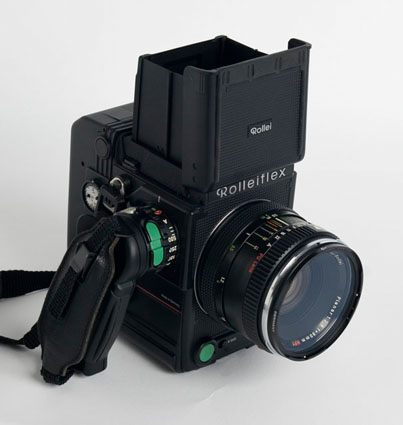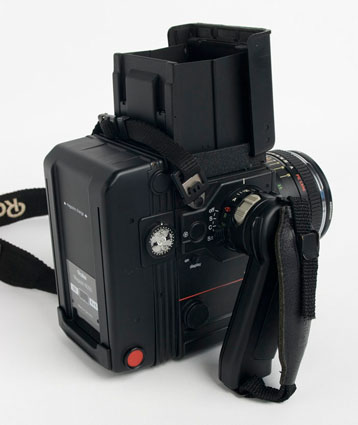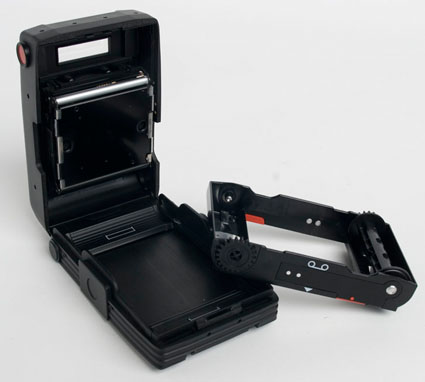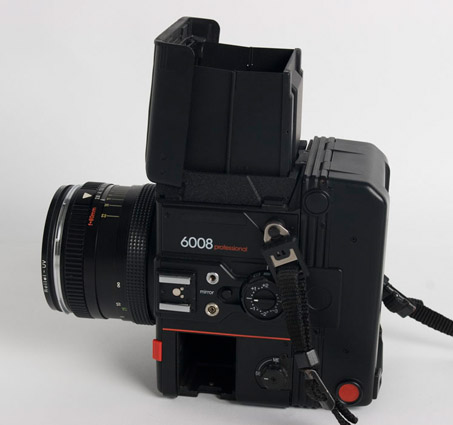All my cameras, part 3 : Rollei 6008 Professional
January 12, 2009
This is a German made medium format film camera. It takes 120 film and makes a square 6x6cm image. There are also some backs available that will make a 6×4.5 frame. This camera was part of the 6000 series which was an update of their SLX model of the ’80s. In the 6000 series I know of the 6002 and 6006 as well as the 6008. The lower numbered models were not as fully featured as the higher numbered ones. I think the 6002 lacked metering but was an affordable entry model into the family. I don’t think Rollei are making these anymore but I believe the camera has been adapted into the Sinar Hy6 series which uses the same lens mount but takes digital backs.
It seems that with this design Rollei was trying to combine the image quality of medium format with the speed and convenience of the professional 35mm cameras of the day. It was the first medium format camera I knew of that had auto exposure, aperture or shutter priority, exposure compensation, a choice of metering modes and auto film advance. As well as the above settings it also has a choice of single frame or continuous shooting, mirror lockup and multiple exposure capability.
My camera has an 80mm lens (standard focal length for 6×6 cameras) made by Rollei to a Zeiss design. The apertures go from f/ 2.8 to 22 and the shutter speeds from 1/500 second to 30 seconds adjustable in 1/3 of a stop increments. For anything longer than 30 seconds it has a bulb setting. This is a leaf shutter lens, which means the shutter is in the lens rather than in the camera body. It makes the lens a bit heavier (and more expensive) but it does allow flash sync at all shutter speeds. The important thing about a lens is the quality of images it produces and this lens is superb.
The film back design is excellent. It has a built in dark slide which means it will never get lost. There is a clever locking system that prevents you from removing the back from the camera if the dark slide is not covering the film. Likewise the camera won’t expose or advance film unless the dark slide is out of the way. Also the film insert cartridge is so well designed that it is probably impossible to load the film the wrong way around. I remember the first time I took a Mamiya RB67 out on loan from art school I loaded the film backwards & exposed the paper side.
It runs on Nicad batteries which lose their charge over time but are easy enough to get repacked. Overall this is a great camera, easy to use, good ergonomics and excellent image quality. It’s good for portraits, landscape, architecture and studio work. I would have liked to own more lenses but they were always extremely expensive in Australia. New or second hand they all seemed to be around the $4,000 mark.
Update: I sold this camera early ’09 to a guy in Belgium. I didn’t use it enough anymore to justify keeping it.


